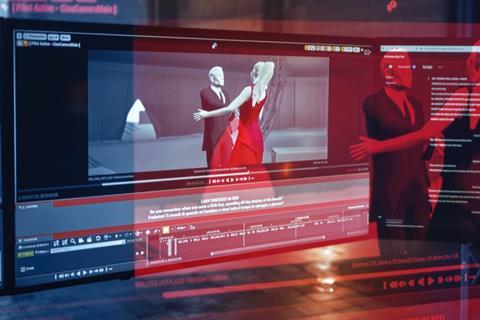
Generative AI is having a moment. Cutting-edge, algorithmically powered models have dominated recent tech headlines, and none more so than OpenAI’s ChatGPT – a text-based machine learning tool that has emerged as arguably the most impressive chatbot ever.
With its ability to process language, generate multiple responses and even edit its own output following user critiques, ChatGPT is not just an amusing curio, but a marketing tool with incredible potential for brands.
That doesn’t just mean a quick bit of copywriting or boardroom ideation: the benefits of ChatGPT go way beyond these simple utilisations. The F&B industry in particular is perfectly poised to dig deeper and harness the full potential of the latest generative AI models.
Marketing personalisation has been king for years, but tools such as ChatGPT are now allowing brands to reach consumers even more directly. The chatbot’s ability to answer follow-up questions and even challenge incorrect premises makes it feel like an incredibly realistic conversational partner.
Cast your mind back to Jamie Oliver’s emoji-driven recipe chatbot back in 2017 – an activation that seemed simple at the time, but could now be totally supercharged. ChatGPT could offer ideas completely tailored to individual budding chefs – not just limited to ingredient emojis, but combining any food item with a particular cuisine style and even cooking time to find the right recipe for them.
Supermarkets could integrate a similar approach into their digital platforms, allowing customers to seek guidance as they shop online. US grocer Instacart is leading the way, having just debuted a ChatGPT feature on its app to provide shoppers with more specific product, recipe and nutritional information – offering huge added value.
And just as ChatGPT gains prominence, the latest update is about to hit. GPT4, OpenAI’s next iteration, accepts image inputs as well as text prompts – opening up more doors by expanding the information base for the AI to learn from.
Forget having to type out ingredients – soon you can simply send a photo of your fridge. This functionality will even allow visually impaired audiences to picture what they can’t see – providing brands with tools to create accessible experiences.
Models such as ChatGPT are impressive on their own. But used with other AI tech, we can take personalised advertising campaigns to the next level. Unit9’s 2021 deepfake experience for Champions League sponsor Lay’s generated a near limitless number of personalised video messages for fans from Lionel Messi, using AI to mimic the star’s appearance and voice with uncanny accuracy. Adding ChatGPT could create an even more accurate script for Messi’s digital doppelganger, generating new speech to reflect the footballer’s quirks and respond to individual users in real-time.
Sponsorship and partnerships open up further generative AI opportunities for innovative creative enhancement. Long intertwined with cinema, Campari explored machine learning techniques to create the ultimate homage to Federico Fellini. A completely new film script in the style of the director was created using ChatGPT’s predecessor, GPT2, while a bespoke pre-visualisation tool leveraged Fellini’s creative DNA to bring the whole thing to life.
Festival sponsors could mix natural language processing with deepfake to create AI-generated songs in the style of specific artists; sports sponsors could harness procedural tools to release AI-generated NFT merchandise for teams; and design-focused brands could use visual and text models to experiment with AI-generated packaging.
Sometimes the latest tech feels gimmicky, or the hype doesn’t match reality. But by offering audiences a more convenient shopping experience, creating more personalised connections, and pushing creative boundaries within advertising campaigns, generative AI tools will fundamentally change the game for future-facing brands ready to experiment.





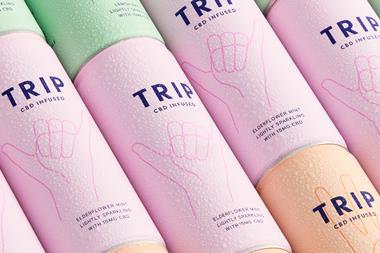
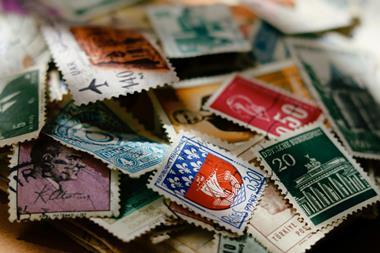
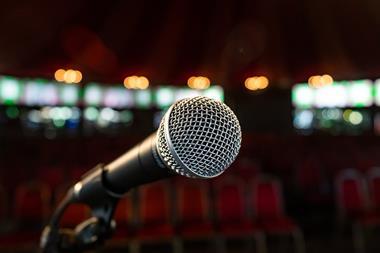
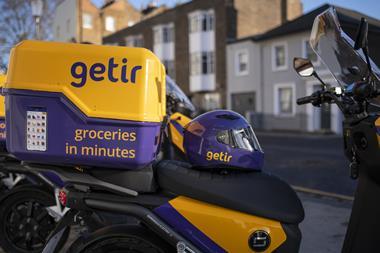
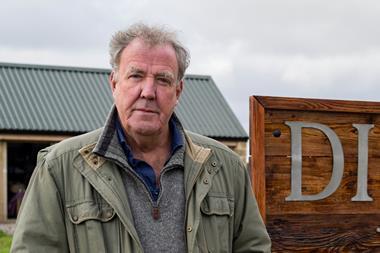


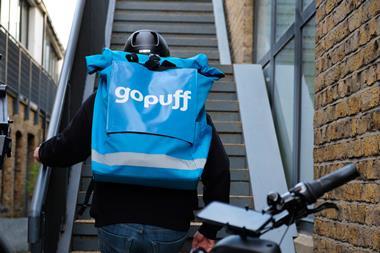
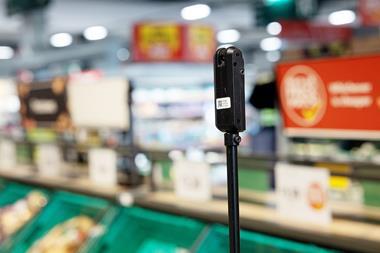
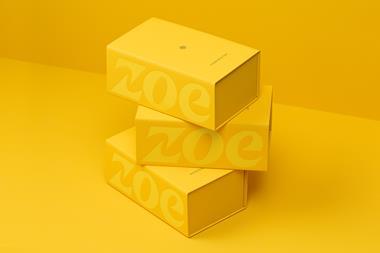
No comments yet